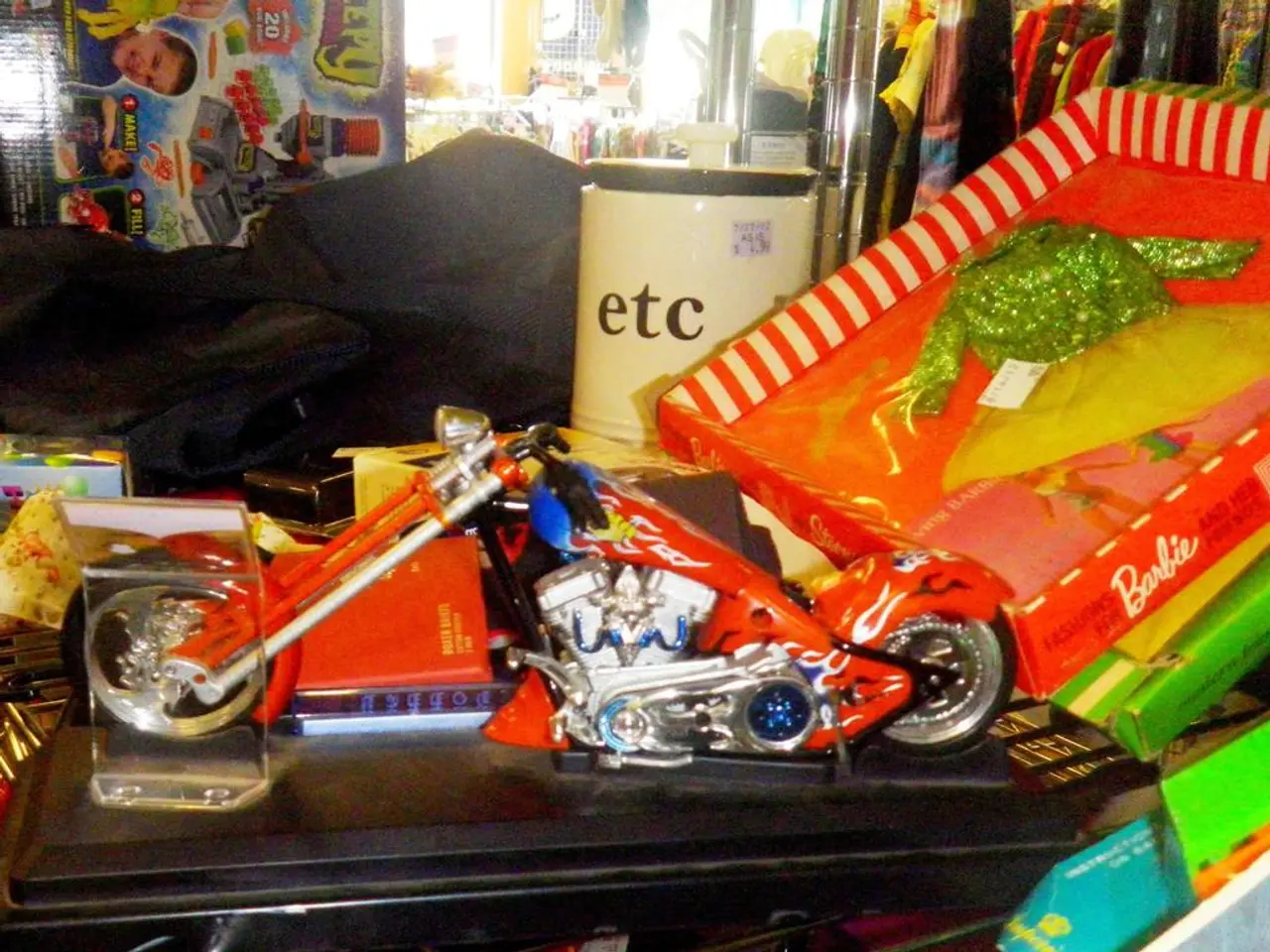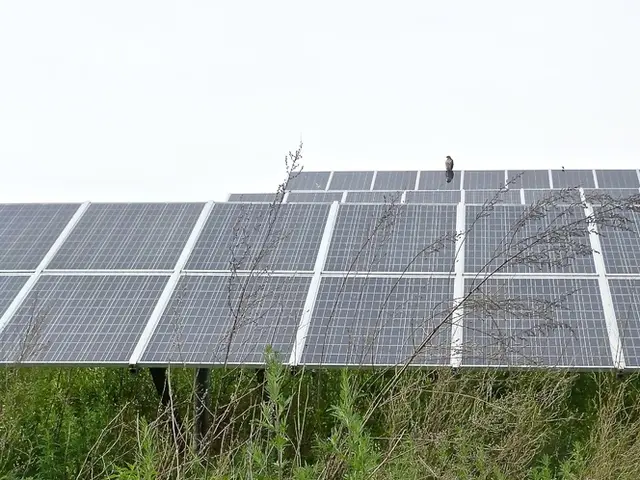Ancient PCBs Unveiled: A Look into the Past
In a unique blend of art, extreme DIY practice, and environmental consciousness, creators Patrícia J. Reis and Stefanie Wuschitz have taken the world of electronics by storm with their innovative DIY clay PCBs.
The duo's project, which aims to reimagine the Arduino in a pre-industrial or post-apocalyptic setting, has been making waves in the tech community. By using locally-sourced soil to create the clay PCB substrates, they have managed to make traditional toner transfer techniques seem outdated or futuristic.
The process of creating these clay PCBs is intricate and requires a certain level of experience. The traces on the clay PCBs are embossed with a 3D print and then filled with silver before firing. The silver, sourced from Sigma-Aldrich and a local supplier who makes it out of waste dust from a jewelry factory, is the only metal that is both conductive and can be soldered to after firing.
The firing process, however, is unreliable, leading to many cracks due to variations in thickness and temperature. Despite this, the creators have managed to successfully fire their own clay PCB substrates over a campfire.
In addition to sourcing the silver and other components from junk bins and urban mining, they have also built a portable lab-in-a-backpack for their project. This portable lab allows them to create and test their DIY clay PCBs anywhere, adding to the project's unique appeal.
The working demos of the DIY clay PCBs have indeed proven to be a success, with the blinking lights serving as a testament to their functionality. The cool appearance of the clay PCBs only adds to their allure, making them a fascinating addition to the world of electronics.
The video from their talk heavily focuses on the theory behind their project, providing insights into the thought process and challenges they faced during the creation of their DIY clay PCBs. With their innovative approach and dedication to pushing the boundaries of what is possible, Reis and Wuschitz are certainly ones to watch in the world of DIY electronics.
Read also:
- Industrial robots in China are being installed at a faster rate than in both the United States and the European Union, as the global market for these robots faces a downturn.
- EAFO Research Uncovers Crucial Elements in Electric Vehicle Adoption within the EU
- Excess Solar Energy in the Grid: Challenges for Photovoltaic System Owners
- Costa Rica's ICE to install 230 electric chargers, boosting the speed of electric mobility in the country by 2025








